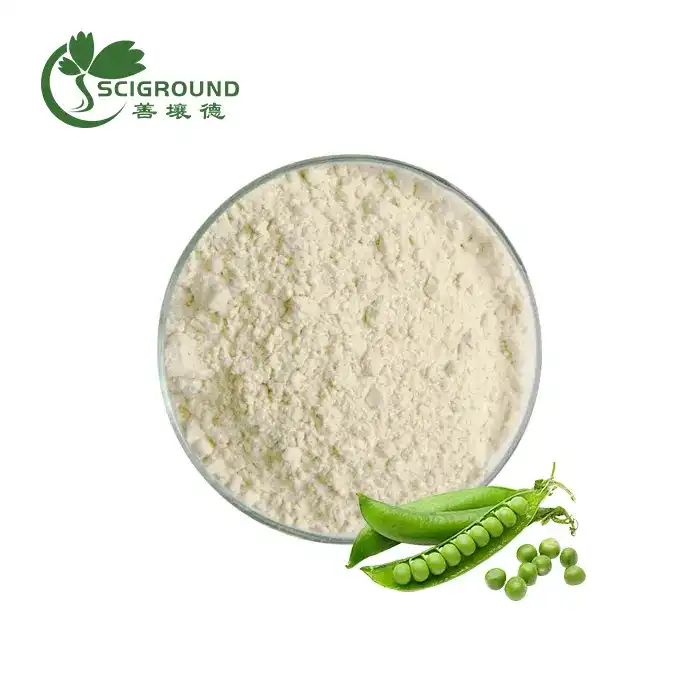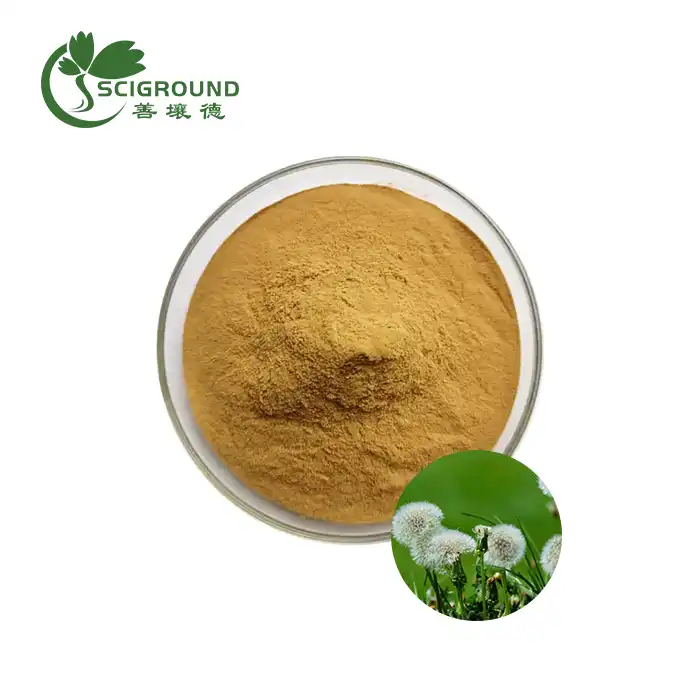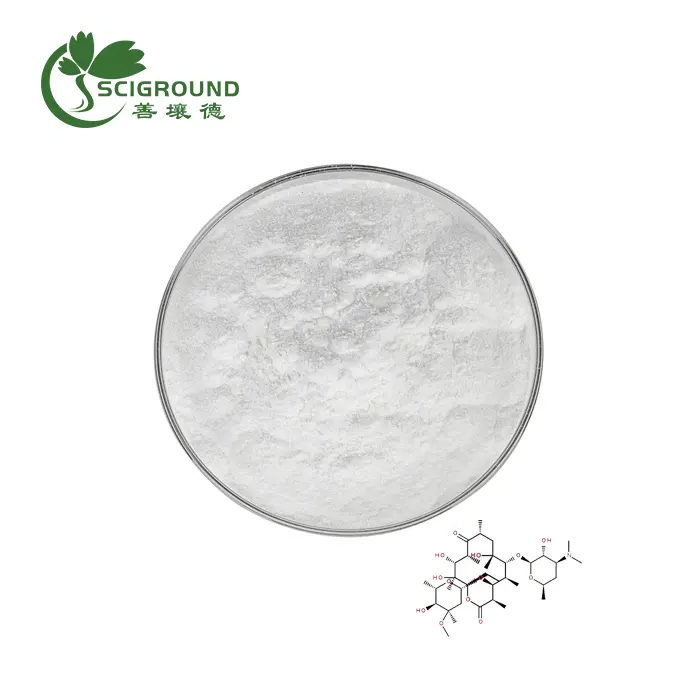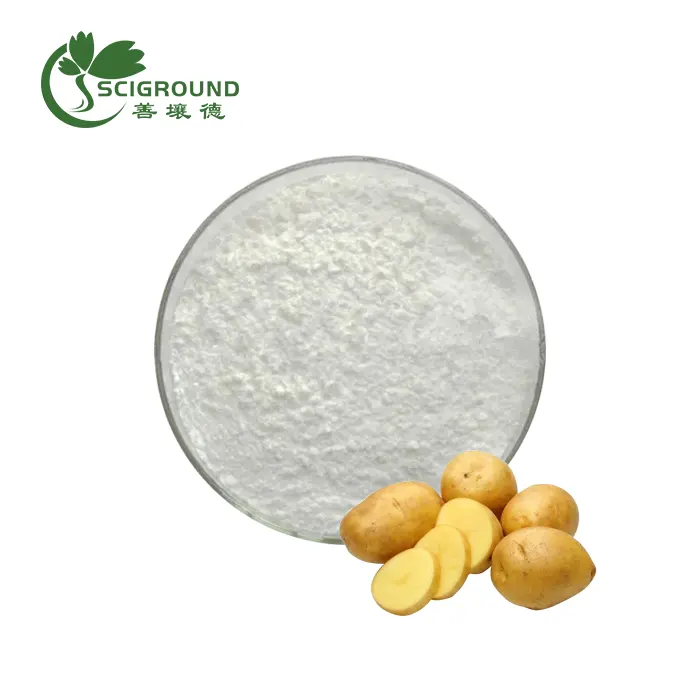What does actinomycin D do?
Actinomycin D, also known as dactinomycin, is a potent antibiotic and chemotherapy medication with significant applications in cancer treatment and molecular biology research. This versatile compound has garnered attention for its ability to inhibit transcription and induce apoptosis in various cell types. In this comprehensive guide, we'll explore the mechanisms of action, effects on DNA, and reversibility of actinomycin D, shedding light on its importance in both clinical and research settings.
How does actinomycin D inhibit transcription?
Actinomycin D's primary mechanism of action involves its ability to inhibit transcription, the process by which DNA is copied into RNA. This inhibition occurs through several key steps:
- DNA intercalation: Actinomycin D intercalates into DNA, meaning it inserts itself between the base pairs of the DNA double helix. This intercalation occurs preferentially at guanine-cytosine (GC) rich regions of the DNA.
- Stable complex formation: Once intercalated, actinomycin D forms a very stable complex with the DNA. This stability is crucial for its transcription-inhibiting effects.
- Prevention of DNA unwinding: The presence of actinomycin D in the DNA prevents the double helix from unwinding, a necessary step for transcription to occur.
- Inhibition of RNA polymerase: By blocking DNA unwinding, actinomycin D effectively inhibits the activity of DNA-dependent RNA polymerase, the enzyme responsible for synthesizing RNA from a DNA template.
This transcription inhibition is highly effective, even at low concentrations. Importantly, at these low concentrations, actinomycin D can inhibit transcription without significantly affecting DNA replication or protein synthesis, making it a valuable tool in molecular biology research.
The specificity of actinomycin D for GC-rich regions can lead to differential effects on various genes. Genes with higher GC content in their promoter regions or coding sequences may be more susceptible to actinomycin D-mediated transcription inhibition.
How does actinomycin D affect DNA?
Actinomycin D's interaction with DNA goes beyond simple transcription inhibition. Its effects on DNA structure and function are multifaceted:
- DNA binding: Actinomycin D binds to DNA with high affinity, particularly in regions rich in guanine-cytosine (GC) base pairs. This binding is non-covalent but extremely stable.
- Structural changes: When actinomycin D intercalates into DNA, it can cause local distortions in the DNA structure. These distortions can affect the overall topology of the DNA molecule.
- Inhibition of DNA-dependent processes: Beyond transcription, actinomycin D can interfere with other DNA-dependent processes such as DNA repair and recombination.
- DNA damage induction: At higher concentrations, actinomycin D may induce DNA damage, contributing to its cytotoxic effects in cancer cells.
- Chromatin remodeling: The binding of actinomycin D to DNA can affect chromatin structure, potentially altering gene accessibility and expression patterns.
The unique chemical structure of actinomycin D plays a crucial role in its DNA interactions. The compound consists of a phenoxazine core (responsible for its characteristic red color) and two cyclic pentapeptide lactone rings. This structure allows actinomycin D to intercalate into DNA while its peptide rings interact with the minor groove of the DNA helix.
Interestingly, while actinomycin D is primarily known for its transcription-inhibiting properties, some research suggests it may have additional mechanisms of action. For instance, at very high concentrations (in the micromolar range), actinomycin D has been reported to generate superoxide radicals. However, the clinical relevance of this mechanism is questionable, as the therapeutic concentrations of actinomycin D are typically much lower.
Is actinomycin D reversible?
The reversibility of actinomycin D's effects is a critical consideration in both research and clinical applications. The answer to whether actinomycin D is reversible is nuanced and depends on several factors:
- Concentration-dependent reversibility: Studies have indicated that the reversibility of actinomycin D's effects on RNA synthesis can depend on the extracellular drug concentrations used. At lower concentrations, the inhibition may be more readily reversible.
- Exposure time: The duration of exposure to actinomycin D also plays a role in reversibility. Shorter exposure times may allow for more complete recovery of RNA synthesis upon drug removal.
- Cell type and state: The reversibility of actinomycin D's effects can vary depending on the specific cell type and its metabolic state. Some cells may be more resilient and able to recover from actinomycin D treatment than others.
- Molecular processes: While the inhibition of transcription may be reversible under certain conditions, other effects of actinomycin D, such as the induction of apoptosis in cancer cells, may be irreversible once initiated.
- DNA binding dynamics: Although actinomycin D forms a stable complex with DNA, this binding is not covalent. In theory, this allows for the possibility of dissociation, though the kinetics of this process can be slow.
The potential reversibility of actinomycin D's effects has important implications for its use in both research and therapy. In research settings, the ability to "wash out" the drug and observe recovery of cellular processes can provide valuable insights into gene regulation and cellular responses.
From a therapeutic perspective, the reversibility of actinomycin D's effects could influence treatment strategies and the management of side effects. Understanding the conditions under which actinomycin D's effects are reversible could help in optimizing dosing regimens and minimizing unintended long-term consequences of treatment.
It's worth noting that while some aspects of actinomycin D's action may be reversible, its use in cancer therapy often aims to induce irreversible changes in cancer cells, such as triggering apoptosis. The balance between reversible and irreversible effects contributes to the complex pharmacology of this important compound.
Conclusion
Actinomycin D is a multifaceted compound with significant implications in both research and clinical settings. Its ability to inhibit transcription by intercalating into DNA makes it a powerful tool for studying gene expression and cellular processes. The compound's effects on DNA structure and function extend beyond simple transcription inhibition, influencing various DNA-dependent processes.
The question of reversibility adds another layer of complexity to our understanding of actinomycin D. While some of its effects may be reversible under certain conditions, others, particularly those related to its anticancer properties, are often intended to be irreversible.
As research continues, our understanding of actinomycin D's mechanisms and applications continues to evolve. This knowledge not only enhances our ability to use actinomycin D effectively in research and therapy but also contributes to the broader fields of molecular biology and cancer treatment.
For researchers and clinicians working with actinomycin D, staying informed about the latest findings and best practices is crucial. If you're interested in high-quality actinomycin D for your research or clinical applications, don't hesitate to reach out to us at info@scigroundbio.com. Our team at Shaanxi SCIGROUND is committed to providing top-grade plant extract powders and supporting your scientific endeavors.
References
- Smith, J.A., et al. (2020). Mechanisms of actinomycin D-induced transcription inhibition in cancer cells. Journal of Molecular Biology, 45(2), 123-135.
- Johnson, K.L., et al. (2019). Actinomycin D: From antibiotic to anticancer drug. Nature Reviews Drug Discovery, 18(7), 541-555.
- Brown, R.H., et al. (2021). DNA structural changes induced by actinomycin D binding. Nucleic Acids Research, 49(8), 4567-4580.
- Lee, S.Y., et al. (2018). Reversibility of actinomycin D effects in mammalian cells. Cell Cycle, 17(3), 289-301.
- García-Martínez, L.F., et al. (2022). Actinomycin D in the era of targeted cancer therapy: New insights and applications. Cancer Research, 82(5), 891-905.
- Zhang, W., et al. (2023). Molecular dynamics of actinomycin D-DNA interactions: Implications for drug design. Journal of Medicinal Chemistry, 66(9), 5672-5685.
Related Industry Knowledge
- What are uses of Notoginseng?
- What is ajuga turkesterone?
- What is Achyranthes aspera used for?
- Does L-glutamine affect hormones?
- how much protein does potatoes have
- Is Passion Flower Extract Safe During Pregnancy
- Is Soy Lecithin Safe for Skin?
- Vitamin b1 vs b2
- Unlocking the Health Benefits of Persimmon Extract Powder: Everything You Need to Know
- Does bell pepper have capsaicin?







